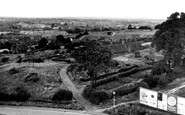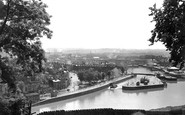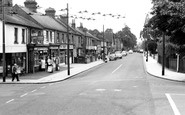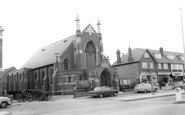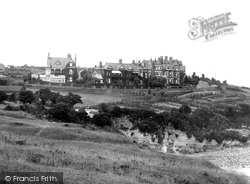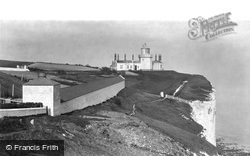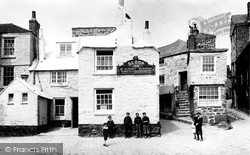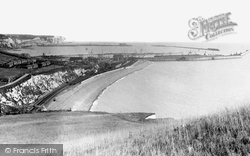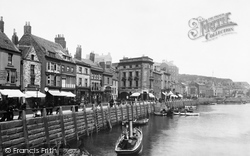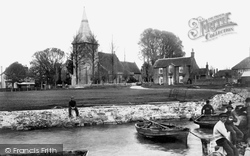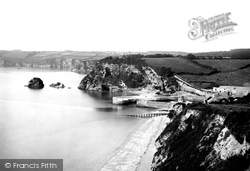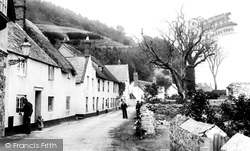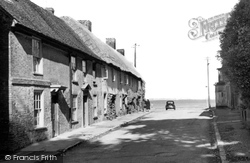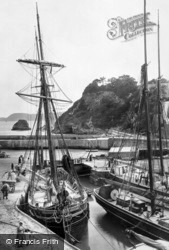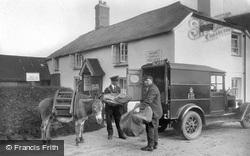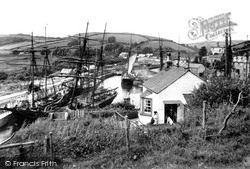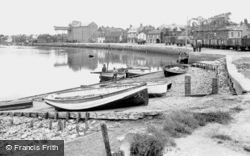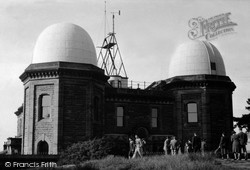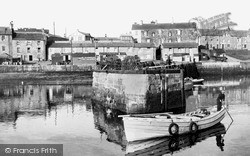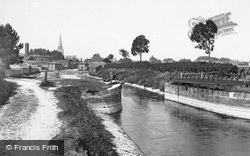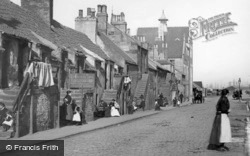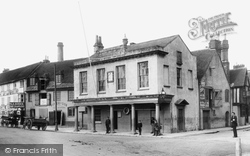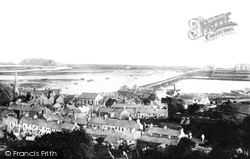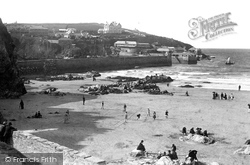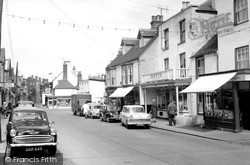Places
1 places found.
Did you mean: arthur ?
Those places high-lighted have photos. All locations may have maps, books and memories.
Photos
4 photos found. Showing results 141 to 4.
Maps
71 maps found.
Books
1 books found. Showing results 169 to 1.
Memories
95 memories found. Showing results 71 to 80.
Raoc Army Camp
I was stationed at 104 Veh Coy (AFV) RAOC in the early fifties as an eighteen year old conscripted soldier. I have tried all ways to find any details of the camp and had no luck at all. I would appreciate it if anyone can recall ...Read more
A memory of Royston in 1951 by
Grand Dad Jabez Johnson
Family legend has it that Grandad took a small party of friends for a pint or two in Oakengates. At the end of the evening for a lark he undid the traces and when they set off the horses went and the cart tipped up, to ...Read more
A memory of Oakengates in 1940 by
Construction Of Bristol's Floating Harbour
Construction of the floating harbour: In the 18th century, the docks in Liverpool grew larger and so increased competition with Bristol for the tobacco trade. Coastal trade was also important, with the ...Read more
A memory of Bristol by
Seaton Sluice Harbour Houseboat
I was born in Newsham in 1949 and lived in The Oval till I joined the RAF In 1967. My father Edward used to take me to Seaton Sluice to visit family when a youngster aged about 6 yrs old. He pointed out to me ...Read more
A memory of Seaton Sluice by
Stokesby 40s 50s 60s
I read the memories of Cossey. I remember well Maureen Perryman, and the Blatchfords and Armours. That brought back many memories of my childhood in Stokesby. I was born at Stokesby Ferry and lived there until I was about ...Read more
A memory of Stokesby in 1950 by
Bomber In Harbour Circa1940
My great grandfather crash landed a bomber in Mevagissey harbour in circa 1940 when his pilot was killed in action and co pilot was critically wounded. He was awarded the Distinguished Fling Medal which was listed ...Read more
A memory of Mevagissey in 1940 by
Tilehurst 1960s
I was born at 4 Juniper Way, Tilehurst 1962. I lived there until I was 9. I have such warm memories of that time although my memories appear more like snapshots as I was so young I remember some sounds of that time that have ...Read more
A memory of Tilehurst by
My Memories Of Tilehurst
I was born in Theale but my parents moved to Tilehurst when I was 3 years of age where we lived at 16a Norcot Road with my grandparents Edith and Harold Goddard and other siblings to my mother Audrey Parsons, my father ...Read more
A memory of Tilehurst in 1940 by
Shirley Baptist Church
I attended Shirley Baptist Church from around 1962 until about 1968. I was about 11 when I started and 17 when I left to go to Yardley Wood Baptist Church. I found the church services boring and dull but I ...Read more
A memory of Shirley in 1962 by
My Time At Raf Thornaby
I was stationed at RAF Thornaby from March 1954 until early 1957 when I was promoted and posted to RAF North Luffenhan in Rutland in preparation for the Suez campaign, which never came to be. Sadly, that air base ...Read more
A memory of Thornaby-on-Tees in 1954
Captions
211 captions found. Showing results 169 to 192.
The first large property on the left is The Towers, and in front of it is the path leading down to the harbour and Jackson's Bay.
1843; for a further ninety years after this photograph was taken, it offered both a warning and guidance for ships passing north along the white cliffs, and for those heading for Dover harbour
This popular inn on the harbour at St Ives is said to date back to 1312.
Guarding the entrance to Falmouth harbour, this lighthouse was completed in 1835 to the design of the Trinity House engineer James Walker, who also designed the famous Needles Lighthouse on the Isle of
A panoramic view taken from Shakespeare Cliff shows to advantage the sweep of this famous harbour.
The Harbour, the Bridge, St Ann's Staith, Pier Road, the Fish Market, the Piers
Bosham was an important harbour in Anglo-Saxon times; King Harold II sailed from here on his way to Normandy.
This view indicates what an unlikely site Charlestown is for a harbour; yet the little dock was completed in 1801 by Charles Rashleigh, after whom it was named, for exporting china clay and
By 1903, the Red Lion, seen on the far left, has replaced a row of fishermen's cottages, but those beyond mostly survive, one being now The Old Harbour House Tea Rooms.
The upper reaches of both harbours would have provided just such resources for early man in the Portsmouth area and while there is not a lot of evidence of settlement, flints have been identified
The solid lock gates leading into the inner harbour allowed the water levels to be adjusted during any state of the tide, enabling either repairs to be undertaken or the dock to remain flooded at low water
Villagers still use donkeys and sleds to carry goods to and from their cottages and the tiny harbour far below.
The solid lock gates leading into the inner harbour allowed the water levels to be adjusted during any state of the tide, enabling either repairs to be undertaken or the dock to remain flooded at low water
This unusual view of the harbour looks down on the moored boats, and offers insight into their rarely-seen deck gear.
The harbour was developed by the railway companies—wagons of the London Midland Scottish Line are drawn up at the quayside.
Built in 1866 by the Mersey Docks and Harbour Board to provide observations for the benefit of shipping, its records include a full set of observations dating from 1867.
Seahouses grew up in 1889, when the harbour was built to improve the fishing industry in the area.
This tiny stretch, less than a mile long, is all that is left of the grandiose Portsmouth & Arundel Canal, which linked Ford on the River Arun with Chichester and Portsmouth Harbour.
These cottages at Newhaven, Fife, are an example of the type of fishermen's dwelling that could be found around harbours from Scotland to at least Cullercoats in Northumbria, usually single-storey terraces
This tiny stretch, less than a mile long, is all that is left of the grandiose Portsmouth and Arundel Canal, which linked Ford on the River Arun with Chichester and Portsmouth Harbour.
The delivery boy with his basket, lounging against a pillar of the Harbour Office, seems to have adopted a far more natural pose than that of the lad nearest to him or the stiffly standing
It has since developed as a pleasant seaside resort with a lengthy sandy beach and a little harbour.
The masts of trading ships are seen in the harbour; its north pier was to be badly damaged in a north-east gale two years later.
The Nelson in Harbour Street is in the centre of the photograph.
Places (1)
Photos (4)
Memories (95)
Books (1)
Maps (71)

